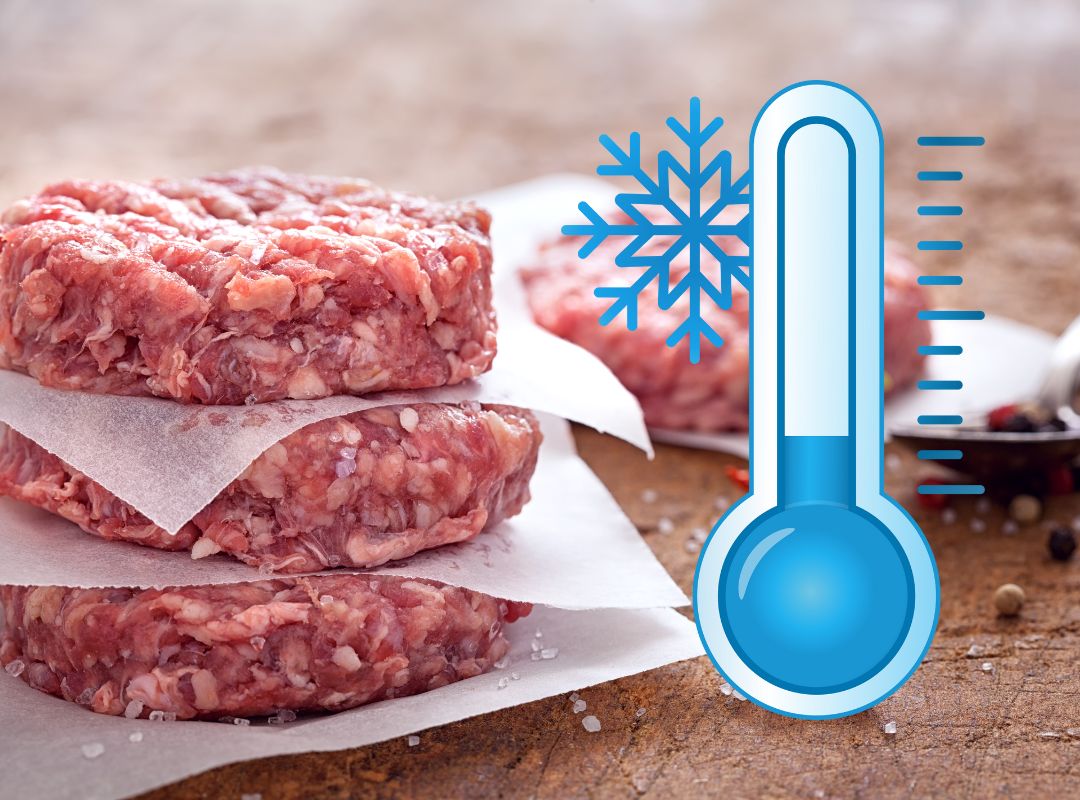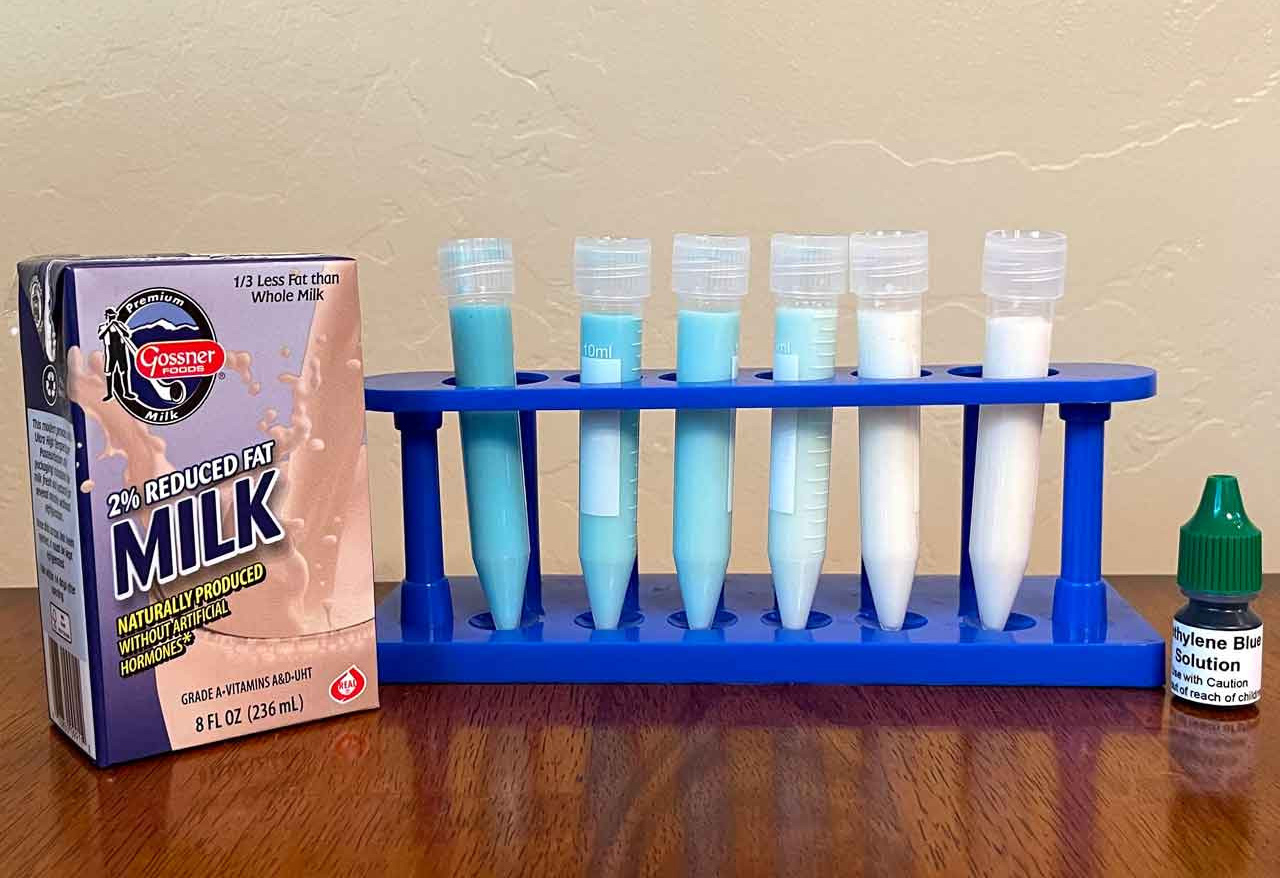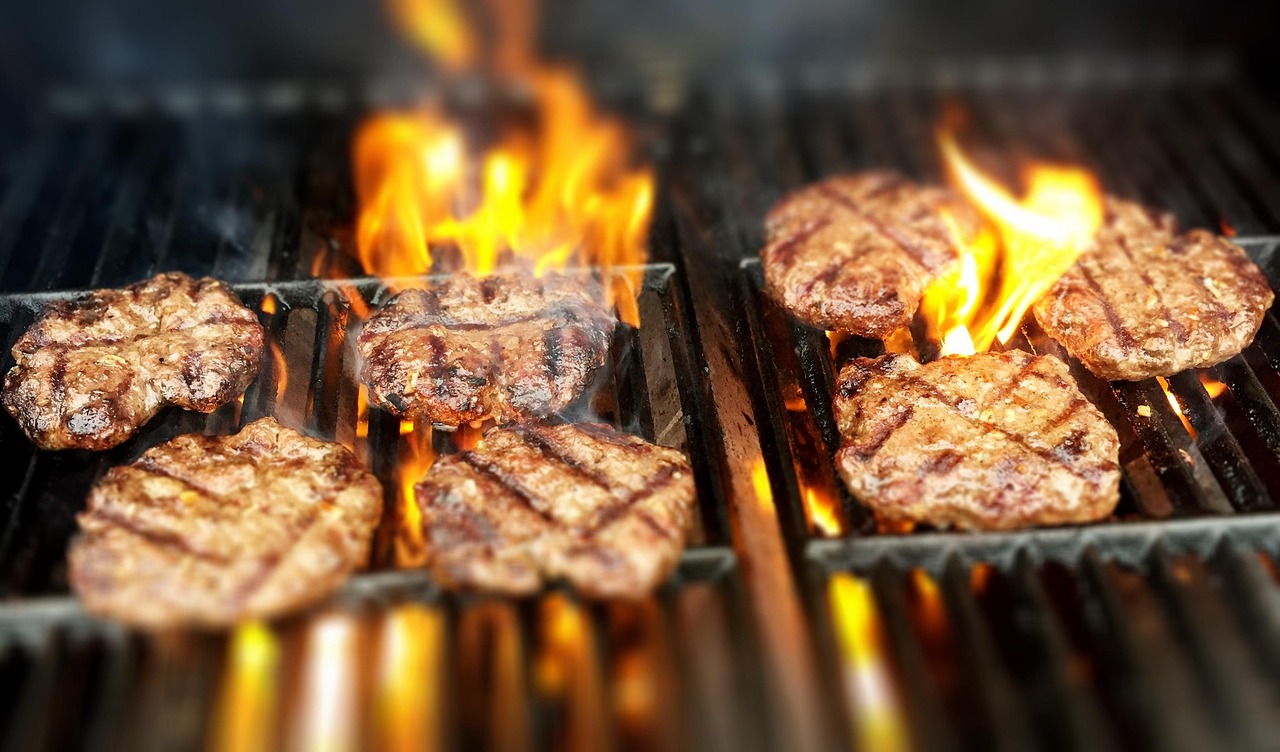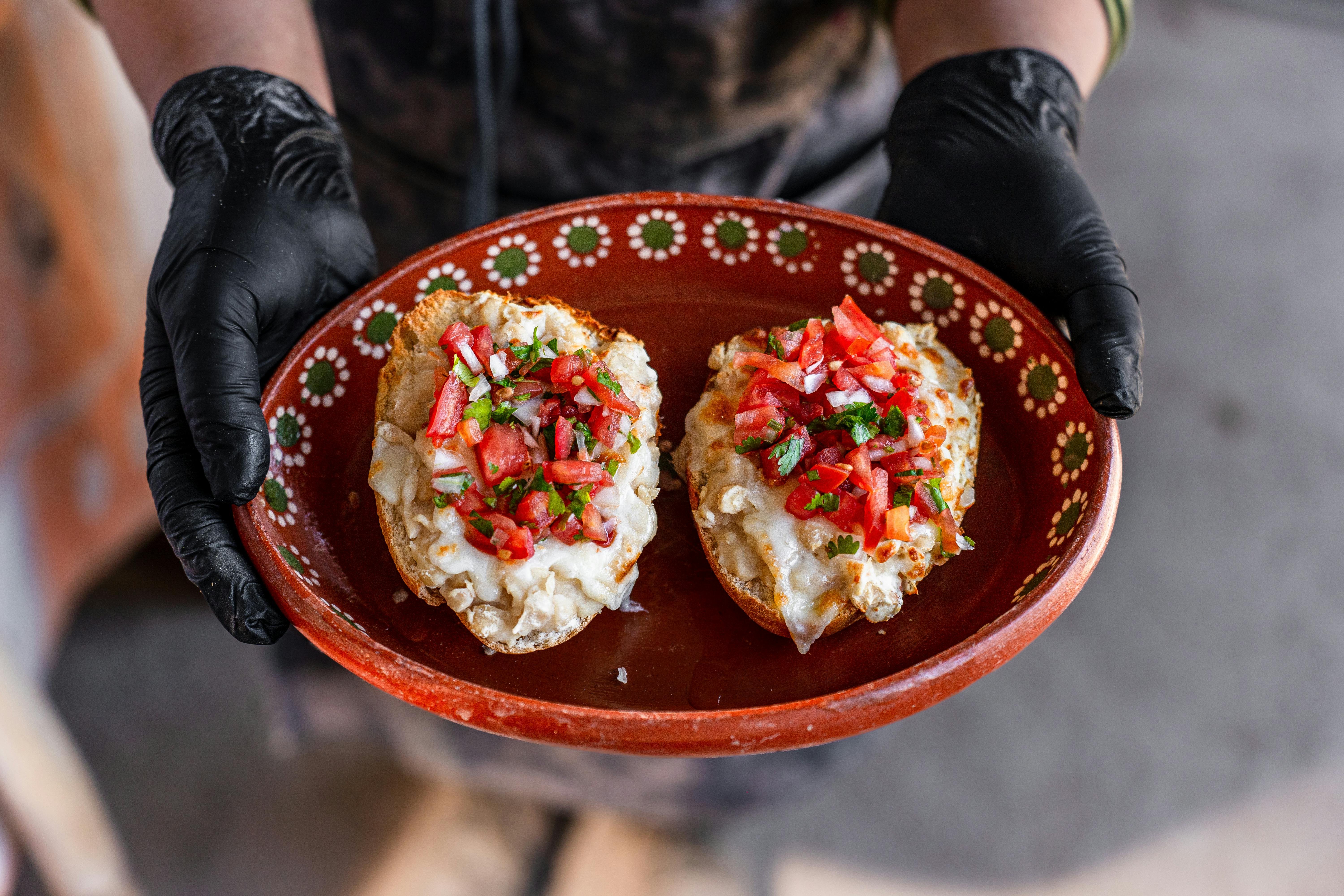
A Chilling Investigation
Students will observe the difference in bacterial count between a hamburger that’s left out at room temperature and a hamburger that’s kept refrigerated. The lab reinforces the concept that food must be properly chilled in order for it to remain safe to eat. This lab will be conducted as a teacher demonstration.



